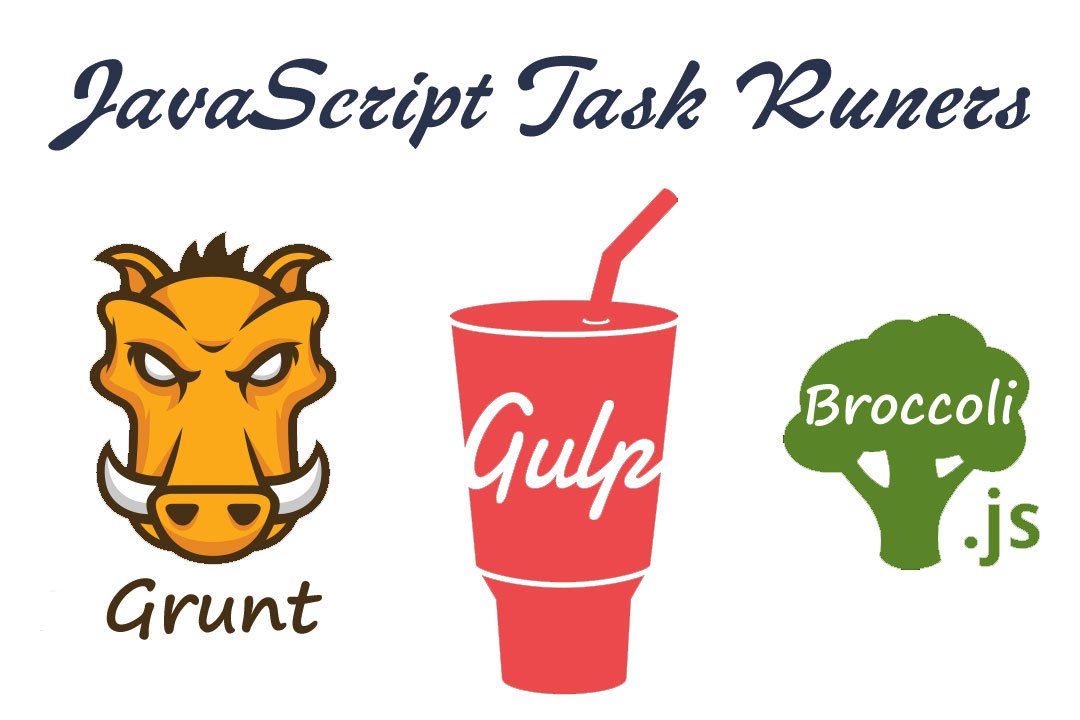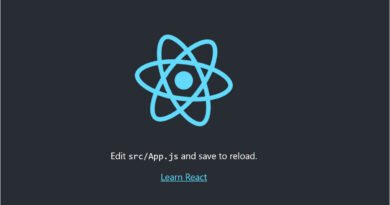Cross-Platform App Development Made Easy with ReactJS
The competitive field of software development places a premium on the creation of applications that can run on several platforms with equivalent performance. To reach a wider audience without ballooning the code base, cross-platform app development is quickly becoming a necessary skill. In this context, the technology known as React JS has shown to be very helpful. We’ll take a look at how React streamlines cross-platform app development, making it easier to build native apps for desktop, mobile, and online platforms with less code.
Understanding Cross-Platform Development
“Cross-platform development” refers to the process of creating software that runs on several platforms. To create platform-specific codebases, developers formerly had to learn and utilize a wide variety of languages and frameworks. This method, however, may be laborious, intricate, and pricey.
Among the most popular front-end frameworks is Facebook’s React JS. It is a powerful tool for creating dynamic and flexible user interfaces because of its component-based design and virtual DOM (Document Object Model). Despite its origins in web development, React has now found widespread use, particularly in cross-platform app development.
Cross-Platform Mobile App Development Using React Native
To facilitate the development of such apps, the open-source framework React Native was developed. This opens the door for creating user interfaces for iOS and Android that look and feel native using just JavaScript and React.
What makes React Native special is that it uses a single codebase across all supported platforms. The main advantage of utilizing React Native is that apps can be built once and run on both iOS and Android. The time and energy needed for development have drastically decreased since then.
React Native guarantees dependability and consistency for mobile app development by integrating with native APIs and modules. Since quick reloading allows for immediate feedback on code changes, it may be possible to shorten the development cycle.
Developers have a plethora of options for expanding the capabilities of their applications thanks to React Native’s rich ecosystem of plugins and extensions.
React Native in Action: Building a Mobile App
Let’s go through a basic example to understand how React Native simplifies development across platforms.
- Setting Up the Environment
Installing the React Native CLI requires the Node.js package manager (npm). A new React Native project may be created whenever you’re ready.
- Creating Component
Either JavaScript or JSX (JavaScript XML) may be used to build React Native components. These widgets stand in for the likes of buttons, text fields, and views in the UI.
- Styling Components
The components of a React Native app use a system of styling that is quite similar to CSS. The flexibility between inline and external style settings is a boon for web designers.
- Logic Implementation Process
Support for state management and user interaction is included in JavaScript, much like the widely used React web framework. It is now feasible to design adaptable, user-friendly interfaces.
- Virtual or simulated setting
With the built-in support for emulators and simulators that come with React Native, you can test your app on a wide variety of devices without actually buying them.
- Put Into Action
You may release your app to the public on the App Store or Google Play when you’re satisfied with it.
React for Web: Building Responsive Web Applications
While React JS shines when it comes to building online apps, React Native is dedicated only to doing the same for mobile devices. It’s easy to create dynamic, interactive websites with its component-based design and virtual Document Object Model (DOM).
The reusable structure of React’s modular components makes it easy to manage sophisticated user interfaces while maintaining consistency. React’s virtual DOM guarantees quicker rendering and a more consistent user experience by only updating the UI elements that have changed.
With the large number of ready-made components and third-party modules in the React ecosystem, programmers might potentially cut down on development time. The fact that React apps may be rendered on the server rather than the client makes SEO for them much easier.
Building a Desktop Application with React JS
Electron is a popular framework for creating desktop apps that run on many platforms utilizing web technologies like HTML, CSS, and JavaScript. Electron’s strength as a desktop app framework is greatly enhanced when used in tandem with the React JS library.
You may save time and money on software development by using Electron and React to port your web project’s code to the desktop. Electron gives programmers access to the file system, native dialogs, and system tray through application programming interfaces (APIs), allowing them to build robust desktop applications.
Electron makes it easy for developers to write once and publish to many desktop operating systems since it works on Windows, macOS, and Linux.
Overcoming Challenges in Cross-Platform Development with React
While React JS and its related cross-platform app development frameworks provide developers with potent tools for cross-platform work, they are not without their own set of challenges, which programmers should be aware of.
Despite the advantages of cross-platform development, it may sometimes need platform-specific improvements. New React developers may have a steep learning curve, especially if they are making the switch from building web apps to building cross-platform apps.
However, there are scenarios where even though React Native supports many native capabilities, a more direct connection to the platform’s APIs is required.
Productivity-Improving Methods for Collaborative Coding with the React JS Framework
Before diving into Collaborative Coding with reactjs app development it’s important to thoroughly explore your options for code reuse. Multiple approaches may be taken:
- Build component libraries that may be shared across projects and utilized on different platforms.
- Using conditional logic in React components, you may selectively render objects based on the target platform.
- Building abstraction layers over platform-specific code may assist in compartmentalizing platform-specific changes and make cross-platform development more manageable.
Although it is efficient to reuse code, it is important to keep in mind that certain functionalities will always be platform-dependent. Defining clean interfaces and using platform-agnostic APIs may make it easier to include such features while preserving code integrity.
Looking Ahead: The Future of Cross-Platform App Development with React
Due to the ever-changing nature of technology, cross-platform development is a dynamic industry. Because of its active community and rapidly expanding ecosystem of tools and modules, React is the greatest option for developers seeking to build cross-platform apps.
The tools for creating really revolutionary cross-platform apps have improved as the React ecosystem (which includes React Native and Electron) has matured. Perhaps in the future programmers will discover even better cross-platform development practices.
Using React JS, developers may more easily construct cross-platform apps. The flexibility of React and the innovation of its developer community have made it a frontrunner in the field of cross-platform development.
Conclusion
Creating apps that run on several platforms, including mobile, desktop, and the web, is a breeze using React JS. With its component-based design, virtual DOM, and extensive ecosystem, developing interactive and adaptive interfaces is a breeze.
Frameworks like React Native and Electron make it easy for programmers to create cross-platform mobile and desktop apps with a minimum of fuss and maximum efficiency. When it comes to making apps that run on several platforms, React is indispensable in the hands of a contemporary developer.





